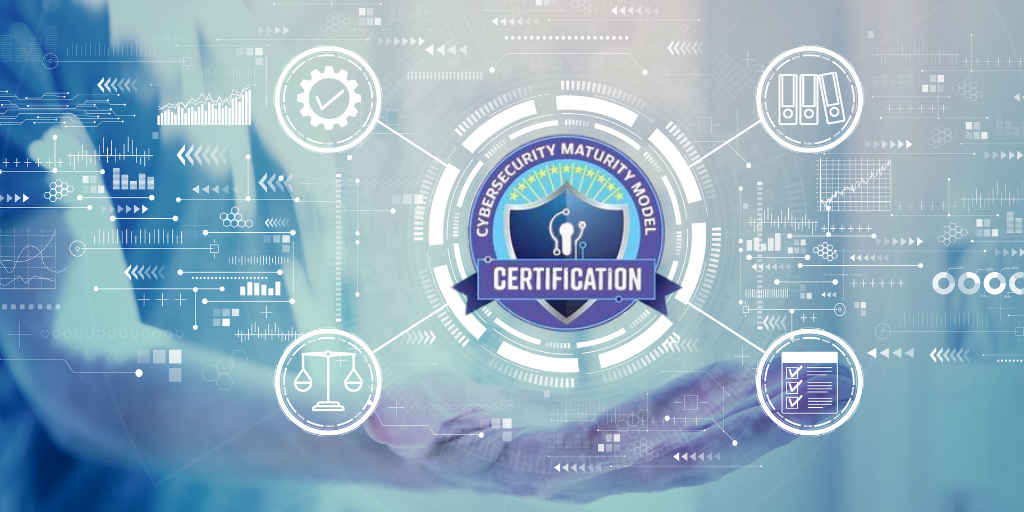Addressing CMMC Compliance Gaps for Small Businesses
Navigating the complex landscape of CMMC compliance can be a daunting task for small businesses, but with the right strategies, achieving and...
1 min read
.jpeg) Michael Markulec
:
Mar 19, 2024 9:46:57 AM
Michael Markulec
:
Mar 19, 2024 9:46:57 AM

Data backups are the unsung heroes when defending organizations against cyber-attacks. The idea that backups protect against ransomware assaults is untrue. The necessity for robust backup plans only increases as cyber threats change.
Ransomware, a persistent menace in the digital landscape, has shown its capability to infiltrate primary data environments and connected backup systems. This raises a critical question: Can ransomware infect backups? The answer is an alarming yes. The intricate nature of modern attacks, including those engineered to remain dormant for extended periods, heightens the vulnerability of backup copies.
However, backups are still worthwhile. Instead, they underscore the need for multifaceted data protection strategies. One such approach involves implementing air gaps. While conventional backups are susceptible to compromise due to their connection to primary environments, air gapping creates an isolated environment with controlled access. Whether through physically removable devices like tapes or logical/virtual air-gapping options for online backup media, this method ensures that data remains disconnected from the broader network, mitigating the risk of infection.
However, data protection doesn't stop at creating backups; it extends to effective data management. Identifying critical data essential for business continuity amid a cyber onslaught is paramount. This entails knowing what data to prioritize and locating the last unaffected copy, which demands robust data management practices. Organizations that emphasize data management bolster their ability to recover crucial information efficiently during cyber crises.
Also, collaboration between data backup and security teams is essential. Recognizing that backups alone are insufficient, these teams must unite to fortify organizational cyber resilience. Breaking down silos and fostering collaboration ensures that backup and security personnel can seamlessly work together to combat the ransomware threat. This collaboration encompasses various aspects, from selecting tools to formulating strategies and implementing policies geared toward ransomware prevention, detection, and recovery.
In essence, the significance of data backups transcends mere file duplication. They represent a lifeline in cyber catastrophes, offering a pathway to restoration and continuity. However, acknowledging their vulnerability to ransomware underscores the need for a multifaceted approach to data protection. By incorporating air gaps, emphasizing data management, and fostering collaboration between backup and security teams, organizations can bolster their defenses against evolving cyber threats.
Today, more than ever, resilience lies in preparedness. Fortified by robust strategies and collaborative efforts, data backups stand as bulwarks against cyber adversity. In safeguarding data integrity and organizational continuity, they embody the essence of proactive cybersecurity.

Navigating the complex landscape of CMMC compliance can be a daunting task for small businesses, but with the right strategies, achieving and...

In an increasingly digital world, non-profits are prime targets for cyber threats. You can just discover how a Virtual CISO can protect your...

Small businesses must prioritize secure messaging to protect sensitive information and maintain customer trust.